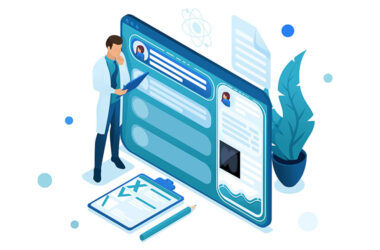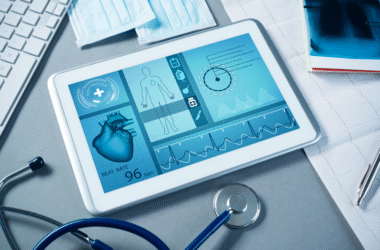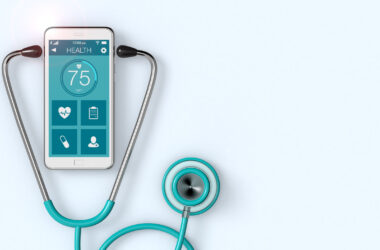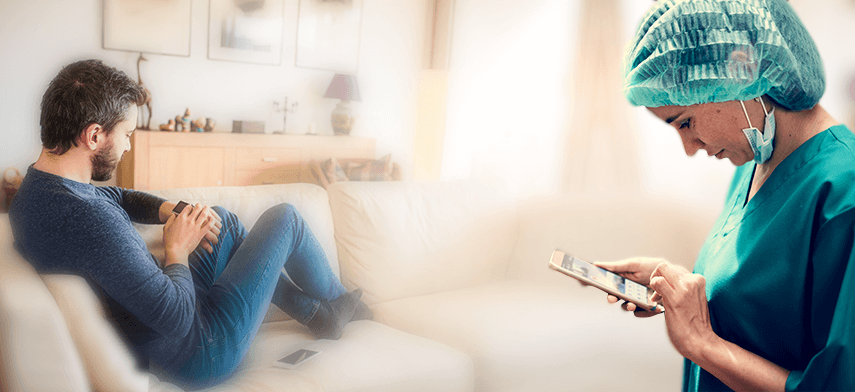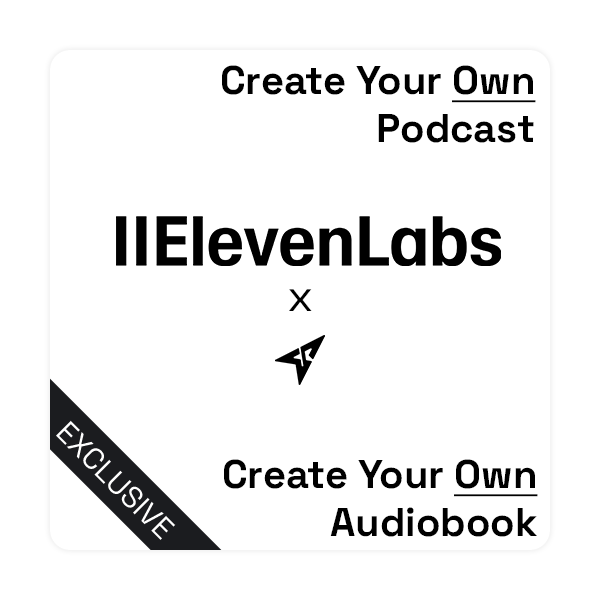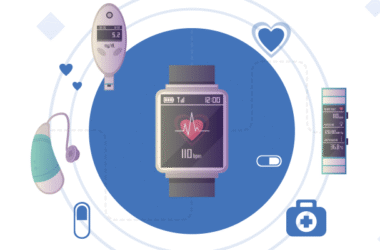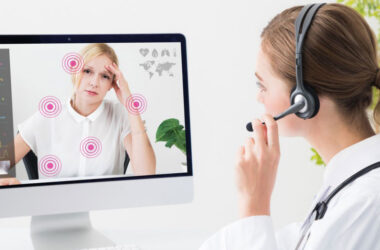Physicians and nurses are no longer using only the lab reports or visits to the hospital. Increasingly, they are accessing health data that is being generated by patients themselves. Such information is known as patient-generated health data or PGHD. Such items as a daily measurement of the sugar level in the blood, blood pressure, step number, the way one sleeps, and even seems to be measured. These figures are usually supplied by apps, wearable devices such as smartwatches, or even patient entries in journals.
What Is Patient-Generated Health Data?
Patient-generated health data may be defined as any form of health information in which an individual monitors or records remotely, as opposed to a medical office setting. It involves personal things individuals write or collect using some devices they wear or those they use at home. Among them are:
- Smartwatch heart rate
- Individual food diary of an individual with diabetes
- Blood pressures measured by a home monitor
- Weight followed-up
- Exercise records or steps per day
- Notice on the use of an app to report symptoms
Such type of information enables doctors to get an understanding of what occurs in the life of an individual on a day-to-day basis and not on a hospital visit basis. It presents a more comprehensive picture of the state of health of a person.
The Importance of PGHD today
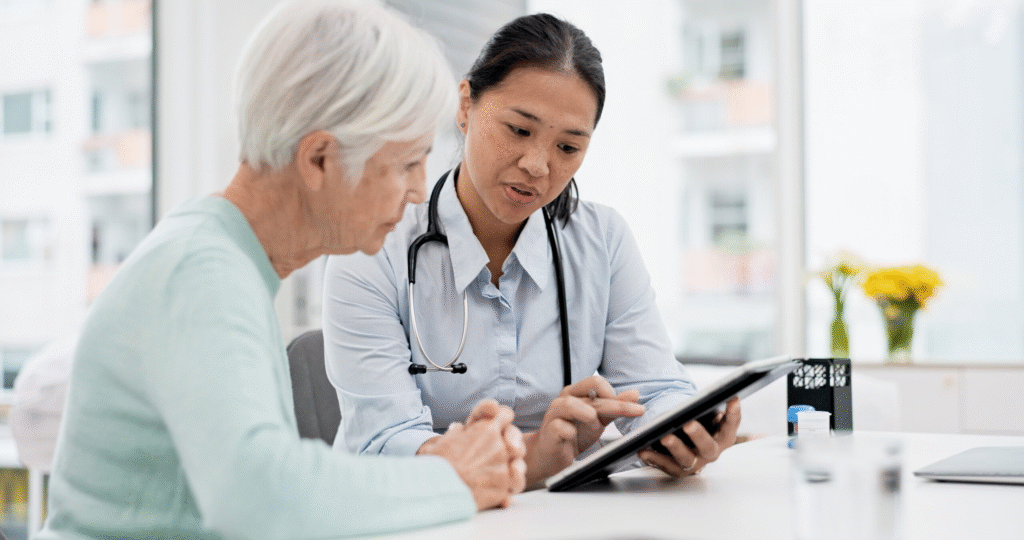
The use and utility of PGHD has increased due to a number of reasons. To begin with, a more significant number of individuals have acquired smart phones and smart watches. Secondly, there is greater access to the internet even in the small towns. Third, a lot of individuals are concerned more about their health. They desire to understand what is happening and make decisions depending on actual figures.
An increase in the chronic conditions is a significant factor as well. The Centers of Disease Control and Prevention (CDC) sets the ratio of adults living with at least one chronic disease, such as diabetes or heart illness, in the United States at six in ten. Sometimes constant care is required in order to manage these chronic medical conditions. Thus, PGHD comes in here.
How Doctors Use PGHD
Doctors are using PGHD to get better results for their patients. When people with high blood pressure send daily readings to their doctors, it helps spot problems early. If someone with diabetes tracks blood sugar levels and sends updates, the doctor can change the plan fast if needed.
PGHD can also help doctors learn how well a treatment is working. For example, if a person starts a new medicine and tracks their side effects, doctors can use that information to make safer choices.
In a 2022 report from the Office of the National Coordinator for Health Information Technology (ONC), over 70 percent of hospitals in the US said they had systems in place to use PGHD. That shows how it is becoming part of regular care.
What Patients Get Out of It
Using PGHD helps patients feel more in control. When people see how their numbers change based on daily choices, they often start making better habits. A person who sees how sleep affects their heart rate may try to go to bed earlier. A person with diabetes might learn which foods raise their blood sugar too fast.
A 2023 study by the American Medical Association found that 65 percent of people who tracked their health data said they understood their condition better. Almost 50 percent said it helped them talk more clearly with their doctors.
PGHD Is Not Just for Chronic Disease
People often think PGHD is only for those with long-term health problems, but that is not true. It also helps with short-term issues. For example, a person recovering from surgery can use a mobile app to log pain levels, wound healing, and sleep. That helps doctors know if things are going well or if changes are needed.
Mental health is another area where PGHD helps. Many apps let users track moods, stress, or sleep. That helps therapists or counselors understand what happens between visits.
PGHD Makes Virtual Care Work Better
As more people use telehealth, PGHD plays a big role. In a video call, a doctor cannot take your blood pressure or check your oxygen levels. But if the patient shares that data from a home monitor, the doctor can make smart decisions without delay.
During the COVID-19 pandemic, the use of remote monitoring grew quickly. In 2021 alone, the number of patients using remote patient monitoring grew by 35 percent, according to Statista. Much of that was made possible by PGHD.
Problems With PGHD
While PGHD is helpful, it also brings challenges. One big issue is accuracy. Not all devices give perfect readings. If the data is wrong, the doctor might make the wrong call. Also, not every patient knows how to use health apps or devices the right way.
Another problem is privacy. Health data is personal, and people worry about who can see it. Companies that make apps or devices must make sure data is safe. Laws like HIPAA protect some of this information, but not all apps follow the same rules.
Doctors also worry about too much data. If ten patients send in step counts, blood sugar logs, and heart rates every day, that adds up fast. Doctors don’t have time to look at every number. So there needs to be a system that highlights what matters.
How PGHD Can Be Improved
To make PGHD more useful, a few things need to happen. First, devices and apps should be easy to use. If they are hard to understand, people will stop using them. Second, doctors need tools that sort through the data and show what is important.
Third, there should be better ways to connect PGHD to hospital systems. That way, when you share your sleep or weight log, your doctor can see it in your medical file. As of now, only about 40 percent of doctors’ offices can do that, based on a 2023 survey by HealthIT.gov.
Training is also important. Patients need to learn how to use devices. Doctors and nurses need to learn how to read and respond to the data. That way, everyone can get the most out of it.
What’s Next for PGHD
The use of PGHD will grow more in the coming years. As devices get cheaper and better, more people will use them. That includes older adults and people living in rural areas.
Also, as artificial intelligence improves, it may help find patterns in PGHD. This can help doctors catch early warning signs or give better care advice. But this will only work if people trust the system and the data stays safe.
Final Thoughts
Patient-generated health data is not just extra information. It is becoming a key part of healthcare. It helps patients stay involved. It helps doctors see what is really happening. And it makes care safer and more personal. While there are still issues to fix, PGHD is here to stay. And with better tools, training, and rules, it can help millions of people live healthier lives.
Top of Form
Bottom of Form

